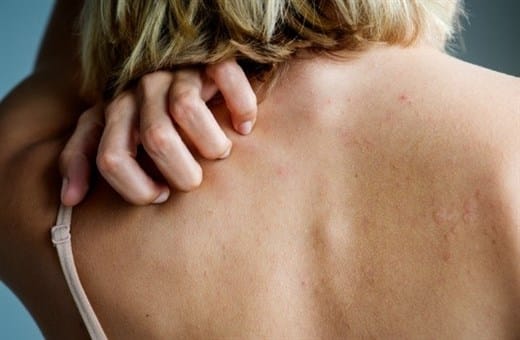
When it comes to treating poison ivy and oak rash, there is no suggestion we haven't read or heard during our many years of making outdoor solutions. While the majority of the time those that give advice mean well, the advice can often be more harmful than it is helpful. Before we address proper treatment of the rash, it is important to cover and correct the following:
Common Misconceptions
1. Use bleach to treat your rash - Bleach can cause chemical burns, irritation and swelling when exposed to skin. It can also destroy melanin (pigment) in the body. Stick to a cleanser designed to remove urushiol (the rash causing oil) such as Tecnu.
2. Wash with scalding hot water - Some suggest washing a poison ivy or oak rash with hot water because it feels good. The problem with using hot water is that it opens up the pores in your skin creating a pathway for urushiol to enter. Using cool water will keep pores closed. Additionally, washing with extremely hot water can cause burns and further irritation.
3. How the rash spreads - Most people think that the continuing spread of their rash is from the initial contact with the plant. However if you have a rash that is continuing to spread for weeks, you are likely coming in contact with the plant oil again. Look for sources of contact with the urushiol such as shoes, tools, or a pet that may have encountered the plant and could be carrying the oil. Unless it is properly removed, urushiol can remain on these items for years.
4. Breaking blisters - The blisters that form during a poison ivy or oak rash are part of your body's allergic response and do not contain the rash-causing oil. Blisters do not cause the rash to spread. The blisters should not be broken on purpose, as it creates a potential point of entry for bacteria that could result in a skin infection. Keep blistered skin loosely covered with a bandage to help protect it.
When it comes to treating a poison ivy or oak rash, the steps are simple:
- REMOVE OIL: Before you treat the symptoms of a rash, you need to remove the rash-causing oil, urushiol. Found in all parts of the plants including the roots, stems, and leaves, urushiol is an oily substance that can be tough to remove with just soap and water. Using a cleanser designed specifically to remove urushiol such as Tecnu Original Outdoor Skin Cleanser or Tecnu Extreme Poison Ivy Scrub will yield better results.
- TREAT: After you have successfully removed the urushiol, you can treat the symptoms of your rash. There are several over-the-counter itch relief products (available at most drug stores) that treat the itching, burning, and oozing associated with poison ivy rash.




